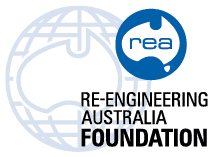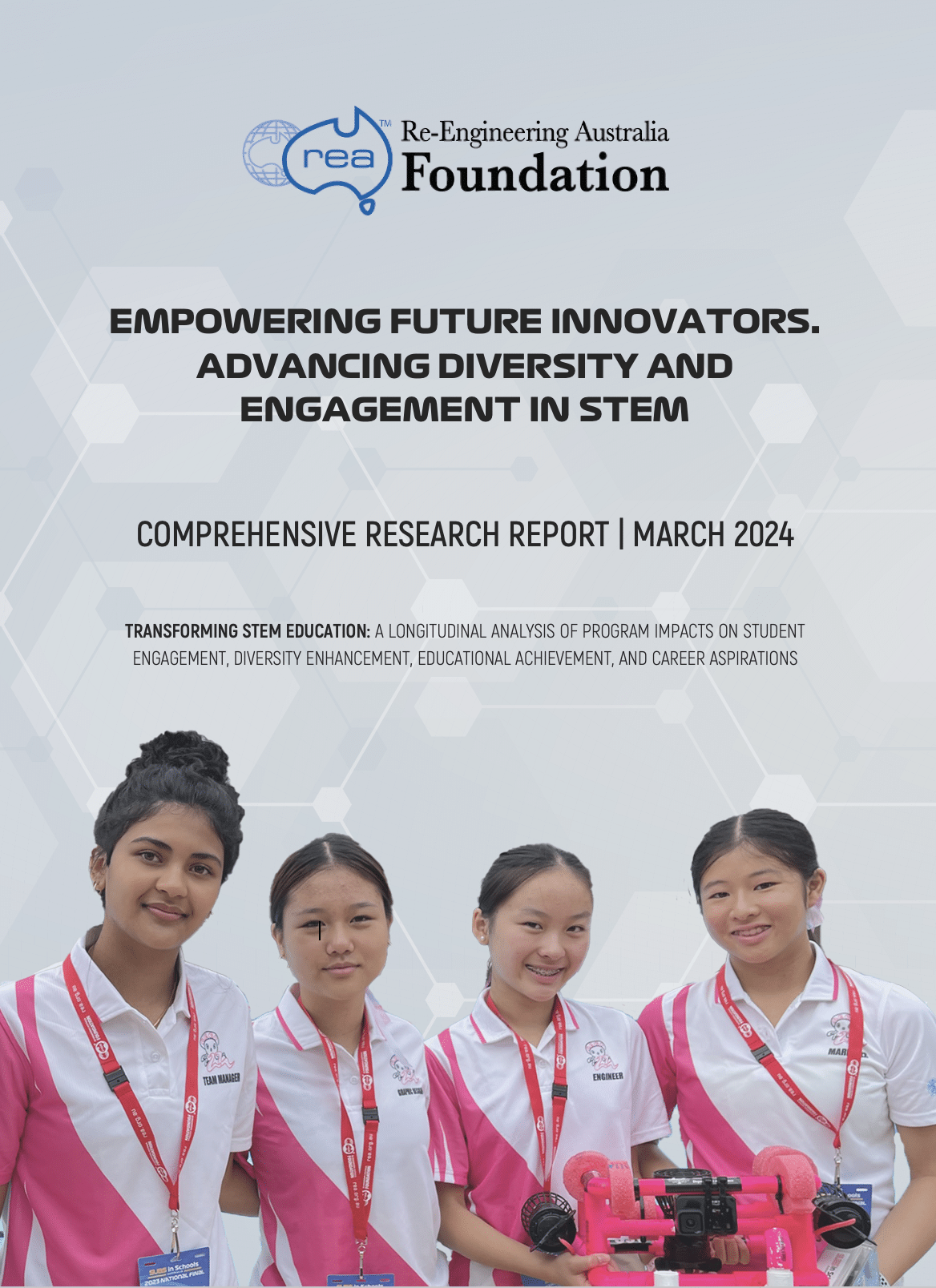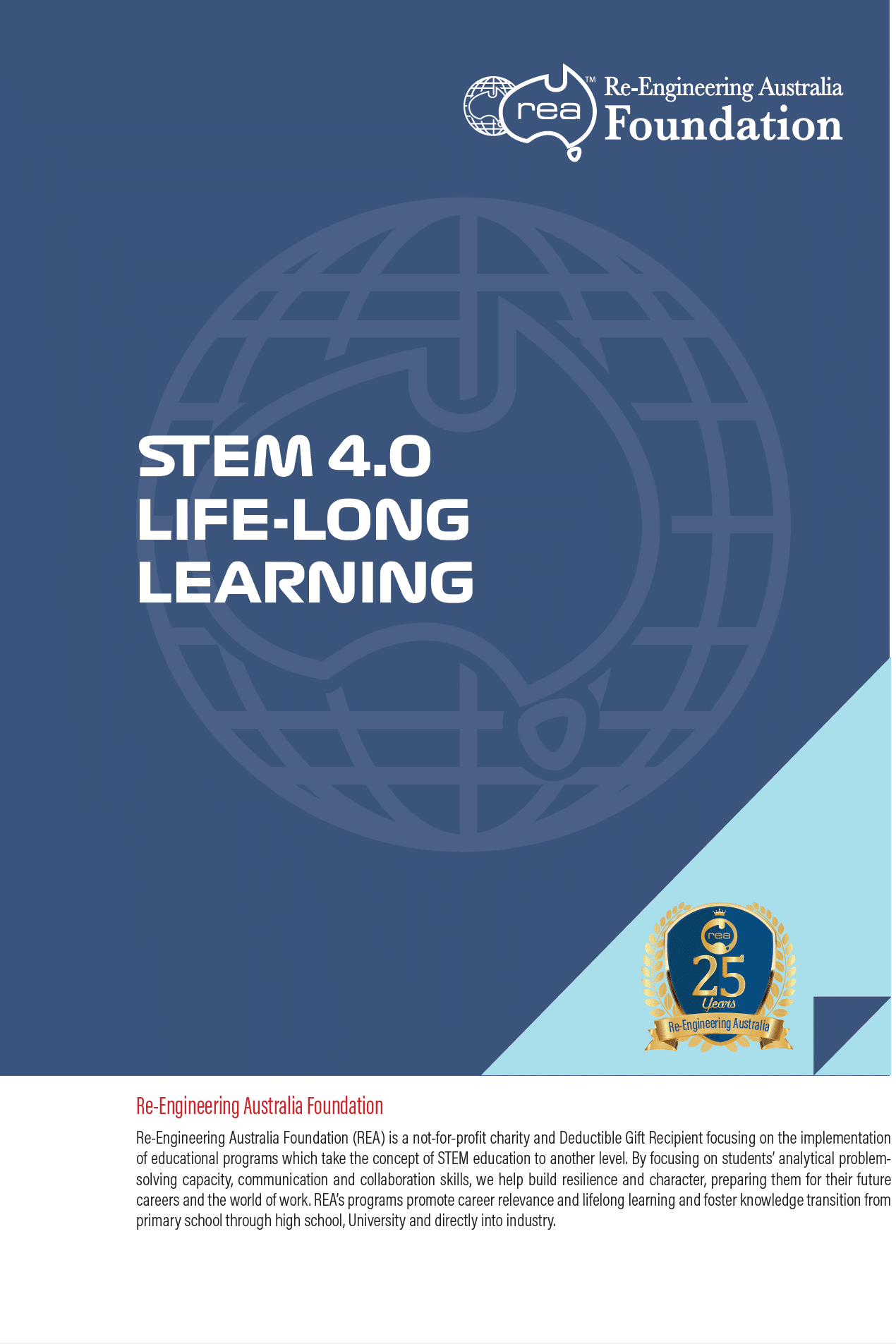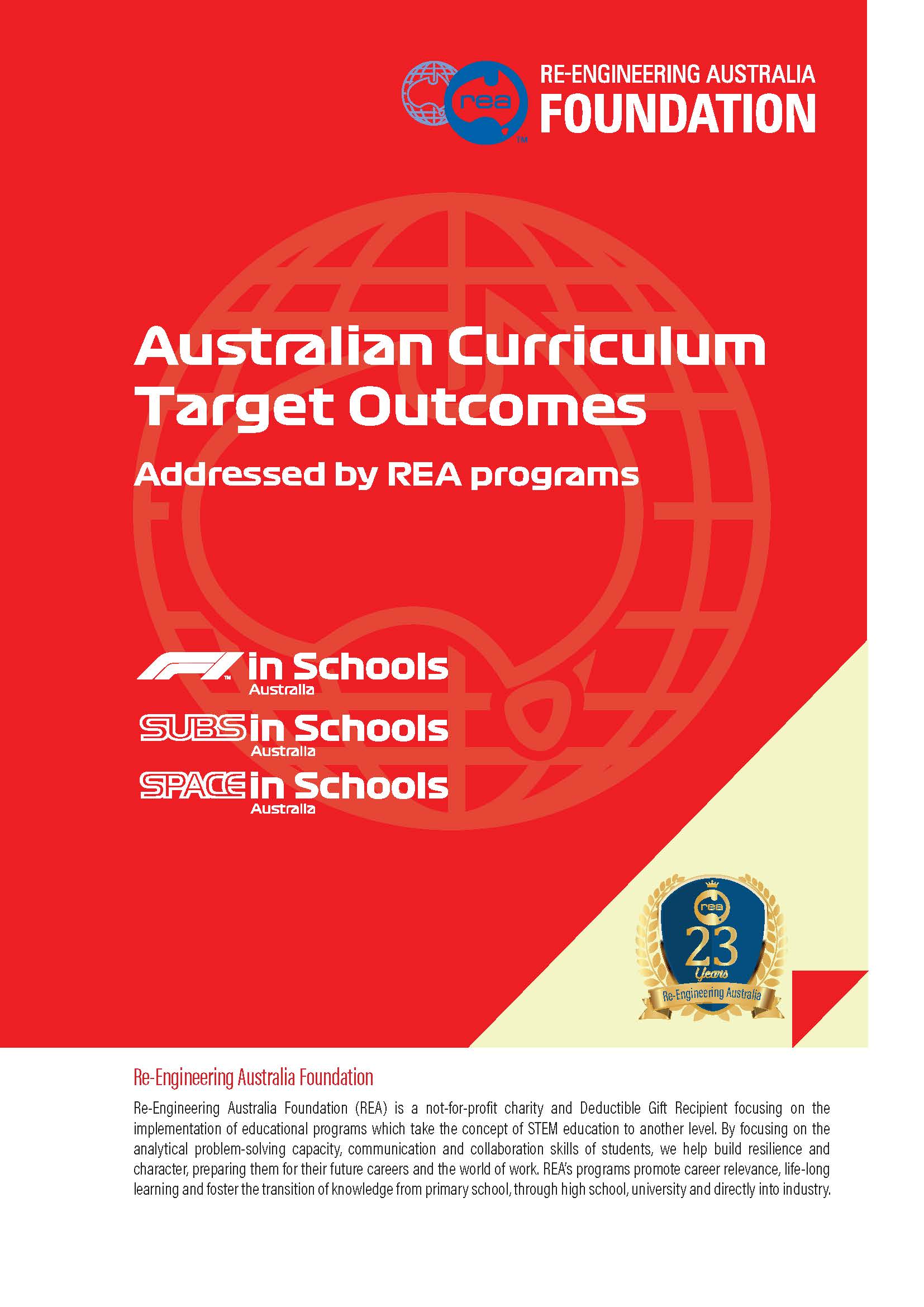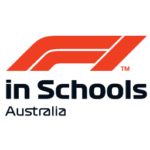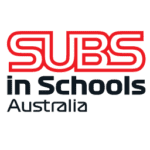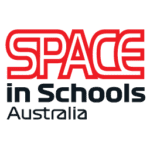Proven Results-Based STEM Learning
Our programs link schools, industry, TAFE, universities and parents in a collaborative and entrepreneurial environment focused on attracting students to take up STEM based subjects at school and careers after leaving school.
A major reason behind the success of our programs is the practical and applied learning techniques we employ. We confront students with exciting challenges, we equip them with world-class tools and connect them to industry mentors to facilitate development of their thirst for knowledge.
Our programs deliver curriculum-based learning outcomes from the earliest years of primary education through to senior high school. We have created an environment in which students are self motivated to learn. The programs are not just about technical skills but also develop the many “soft skills” industry is asking for, making them more employable.
Our programs have a dramatically positive impact on classroom dynamics. Student engagement improves across all schools subjects and 86% of teachers highlight that participation has changed the way their schools engages with the concept of STEM.
Even the students are reflecting the impact with 51% of participants more interested in studying higher levels of Maths, 60% more interested in studying higher levels of Science and 70% of all students changing their career path motivations to be STEM based.
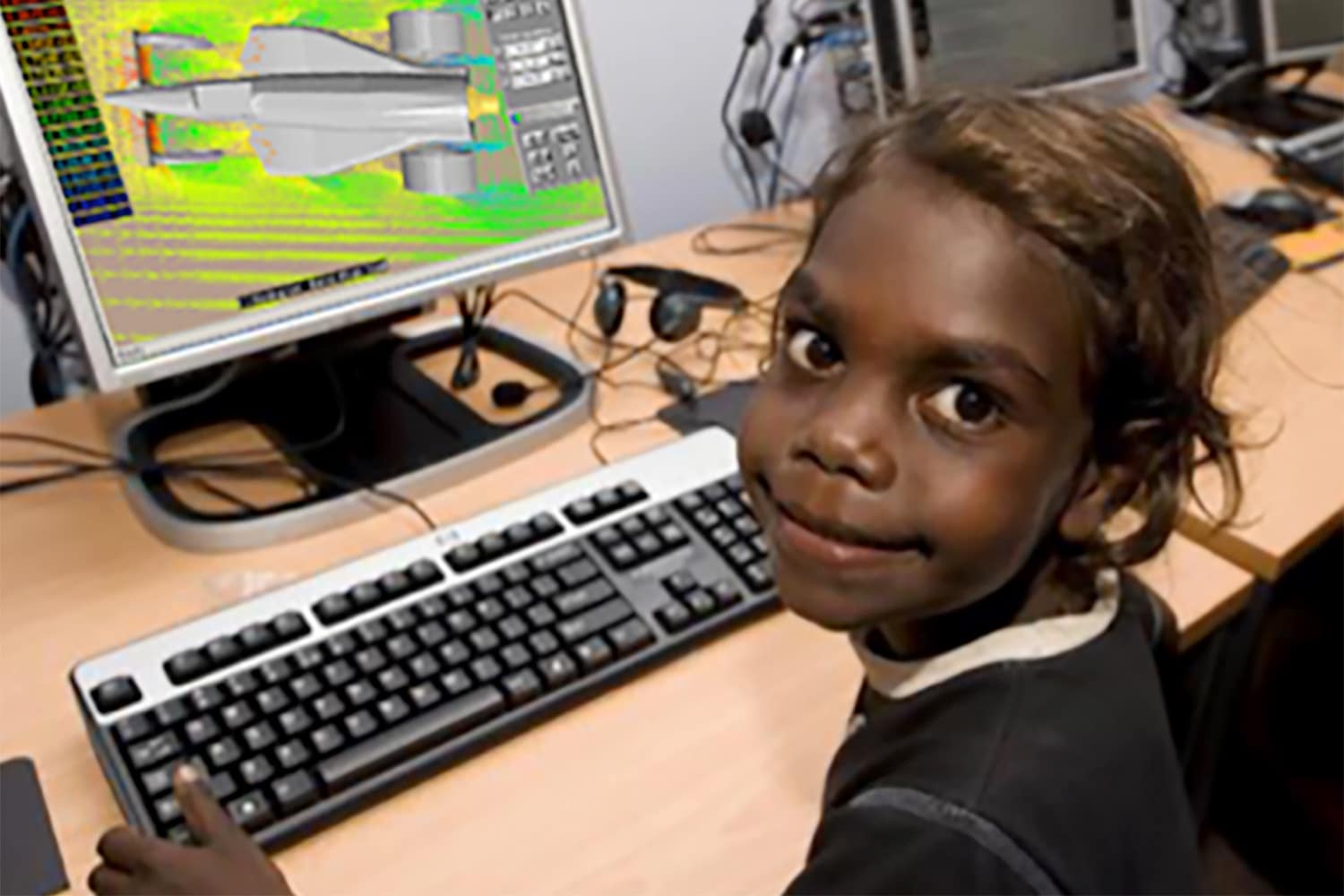
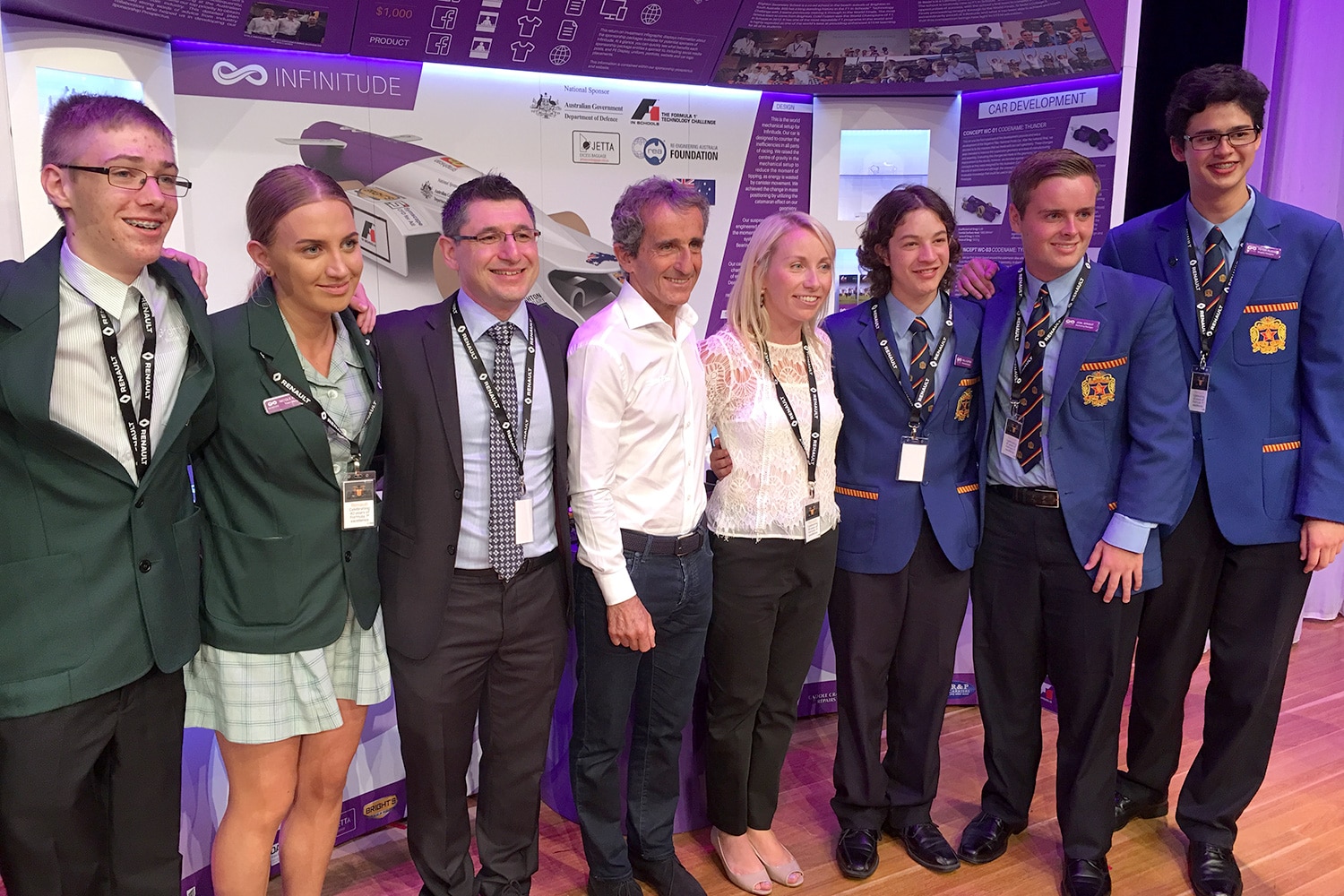
Education Outcomes Research
Each year REA undertakes to measure the effectiveness of each of its programs against a set of research objectives which align with the goals of Industry. This measurement process is part of a longitudinal research program aimed at helping determine the motivational drivers of children’s career decision choices and providing an understanding of the following:
- The impact the programs are having on individuals,
- The incidence and influence the programs have on schools,
- The capacity of each program to increase students understanding of the opportunities which exist in STEM-based careers
- Identifying student’s motivation toward careers in STEM and STEM subjects at school.
The research process is in the form of survey questionnaires which are competed by both teachers and students. The surveys collect both quantitative and qualitative data. The quantitative data focuses on examining the attitudes of both the teachers and students to various topics relating to their involvement in the programs. Qualitative data provides a source against which the quantitative analysis can be cross referenced.
REA uses the results to make changes to its programs.
Our Philosophy – STEM 4.0
REA has produced a white paper that examines the historical development of education; the role industry has played in that development and the reasons behind the creation of STEM as a catalyst to lead a change in educational strategy.
It examines the definition of STEM 4.0 and presents alternative structures for the education system, which support this concept, and monitors students outcomes resulting from deep engagement with STEM 4.0 activities.
Australian Curriculum Target Outcomes
Addressed by REA programs
At a time of rapid technological advancement, it’s crucial to provide approaches to help deliver STEM-based education and technologies in the classroom. Technologies that facilitate students’ development of the employability skills industry seek and aid their transition to the world of work.
The attached documentation highlights the linkages between the Australian Curriculum components and students’ skills in REA’s programs and highlights those areas of the Curriculum directly linked to employability skills.
The following table lists those components of the Australian Curriculum (Victorian Curriculum model) that students who participate in REA’s STEM programs achieve.
